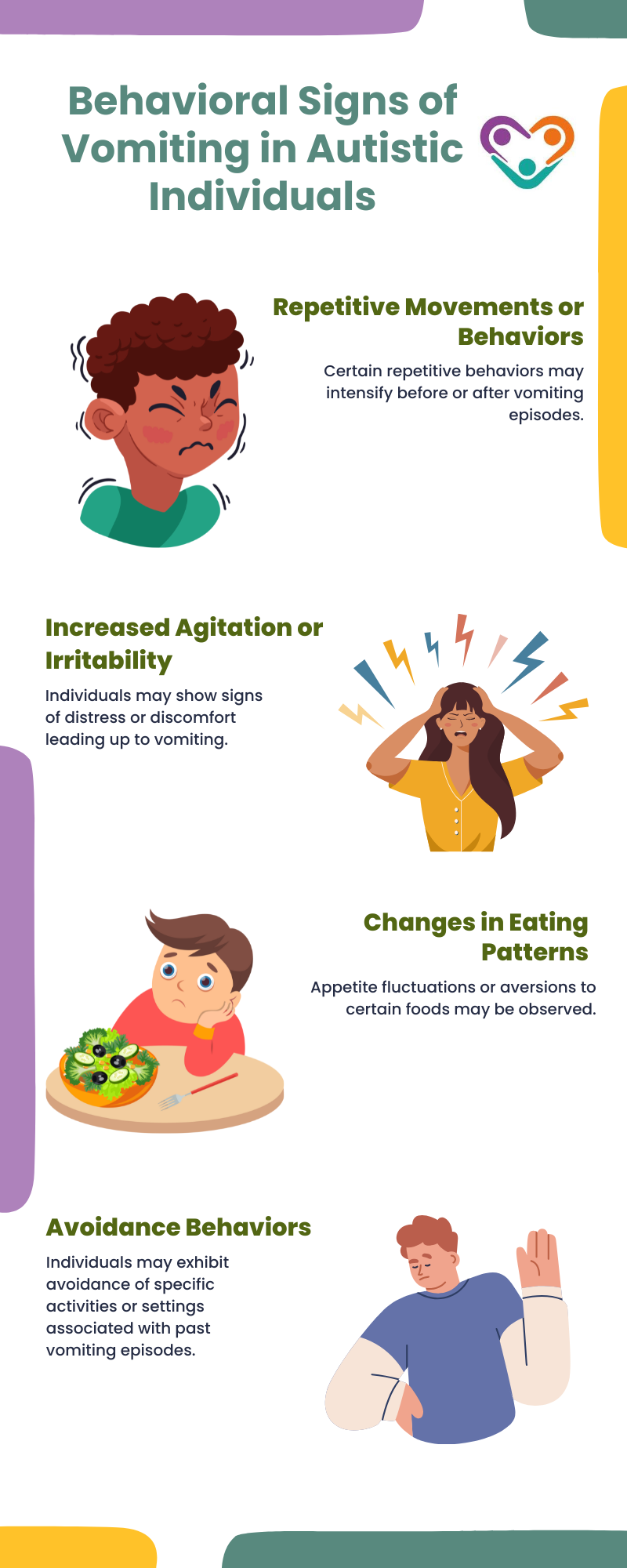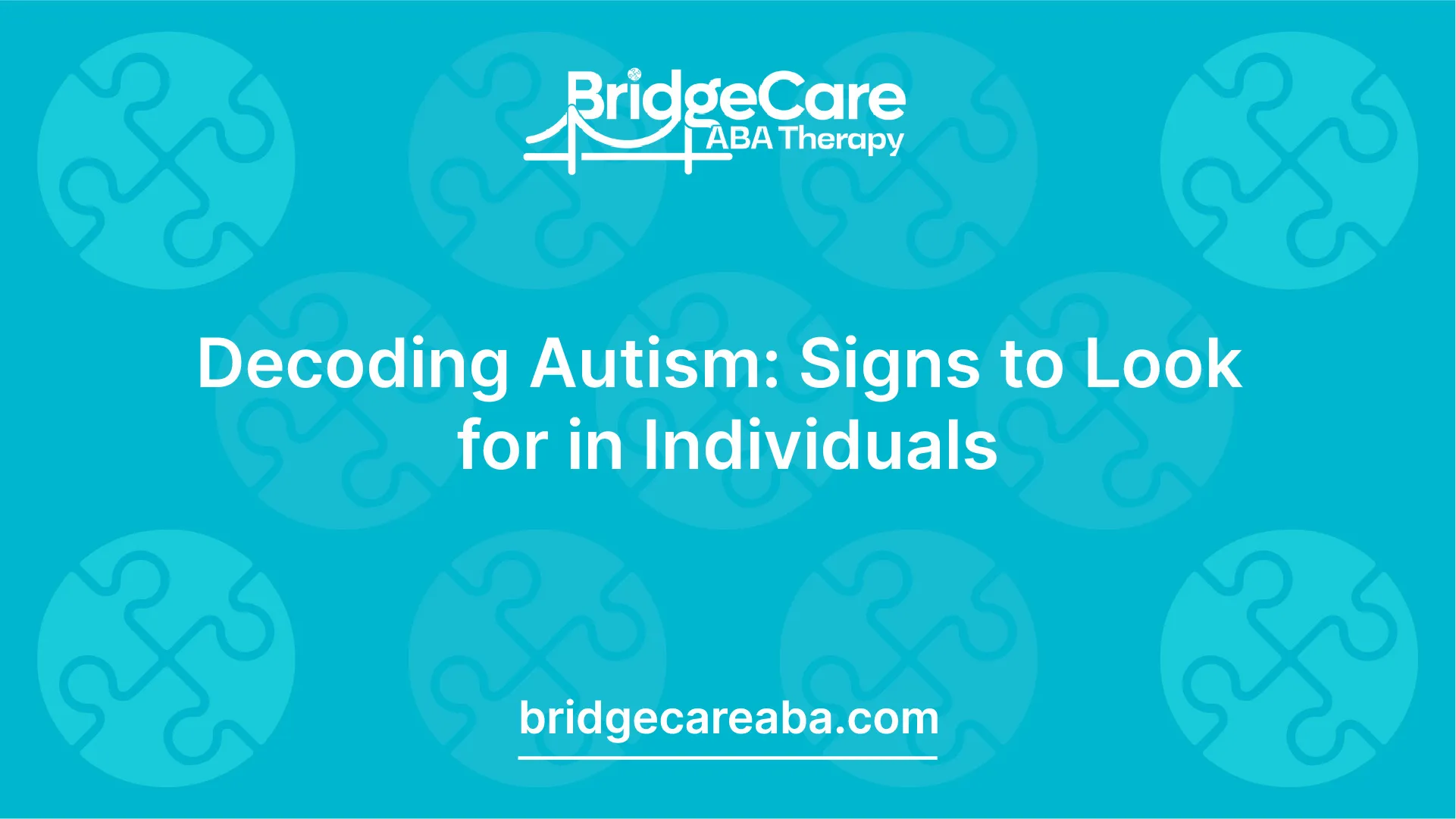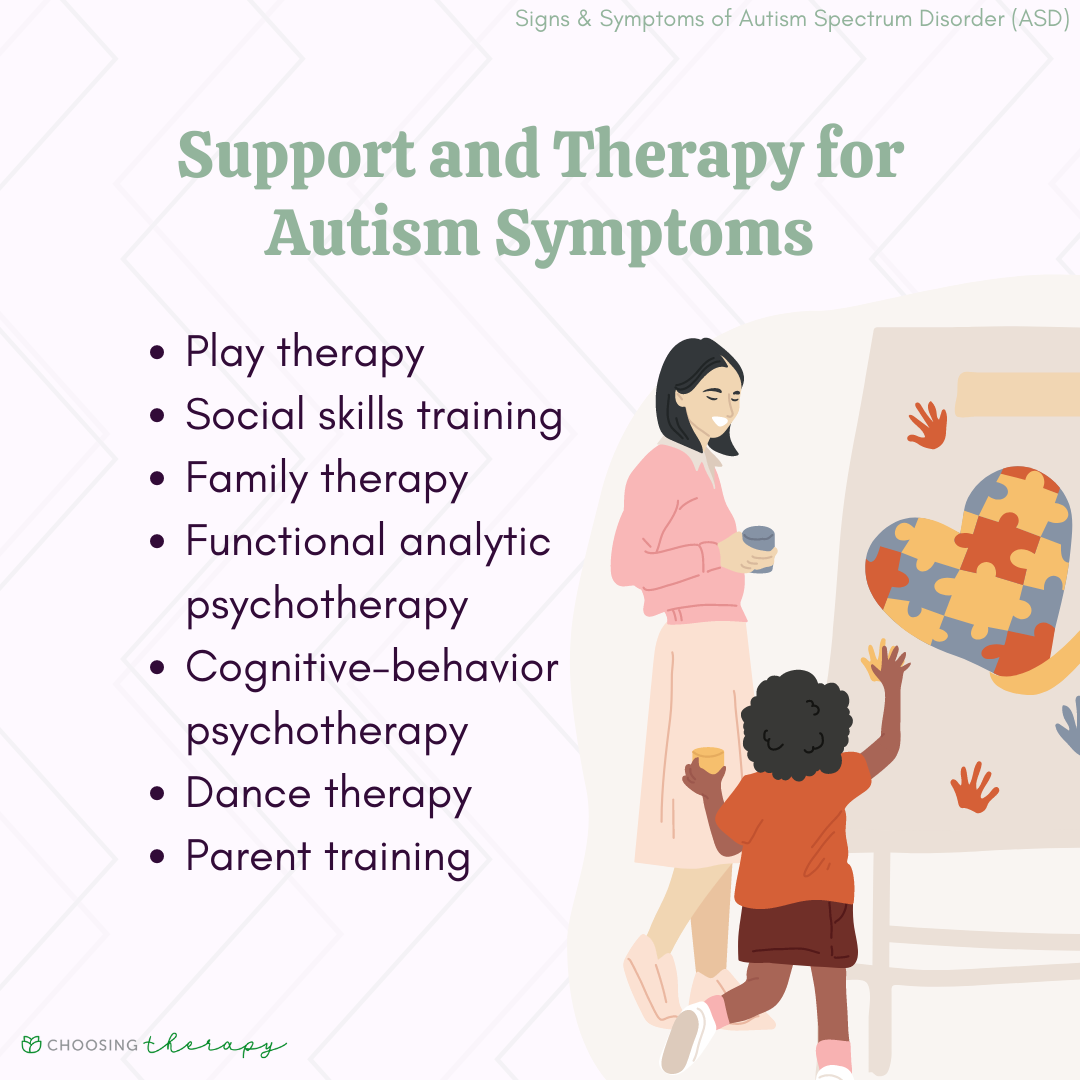Routine strategies that Autism Spectrum Therapies professionals recommend
Routine strategies that Autism Spectrum Therapies professionals recommend
Blog Article
Comprehending the Impact of Behavioral Autism on Every Day Life and Social Interactions
You could not recognize just how deeply behavior autism affects day-to-day life and social interactions. Individuals on the range usually browse a world filled up with interaction obstacles and sensory overload. These obstacles can lead to stress and seclusion, impacting their connections and overall health.
Defining Behavioral Autism and Its Characteristics
Behavioral autism, commonly referred to as autism range problem (ASD), encompasses a range of conditions defined by difficulties in social communication, communication, and repeated behaviors. You might see that people with ASD typically battle to translate social cues, which can result in misunderstandings in conversations. They might locate it tough to develop eye call or take part in tiny talk, making social situations really feel frustrating.
Interaction difficulties can materialize in various methods, from postponed speech development to a preference for using less words. By recognizing these attributes, you can promote an environment that advertises approval and motivates effective interaction, assisting individuals with autism prosper in their daily communications.
The Spectrum of Autism: Recognizing Irregularity in Habits
Autism range problem (ASD) isn't a one-size-fits-all diagnosis; it varies commonly among individuals. You may notice that some individuals with ASD show light signs, while others might deal with more considerable difficulties. This irregularity can manifest in behaviors, passions, and sensory level of sensitivities. You might come across individuals that are highly spoken and engage conveniently in conversations, while others may choose singular tasks or communicate non-verbally.
In addition, the means people with ASD react to sensory input can vary substantially; some may be bewildered by loud sounds or bright lights, whereas others thrive in stimulating environments. The spectrum also includes differences in social interactions; some individuals might have a hard time to interpret social hints, while others browse social setups with family member ease. Comprehending this irregularity is important, as it assists you value each individual's distinct experience and tailor assistance to their certain needs, promoting a more inclusive setting for every person.
Communication Obstacles Faced by Individuals With Autism
When you interact with individuals on the autism range, you may observe their distinct communication obstacles. They usually deal with troubles with both verbal and nonverbal signs, which can influence their social interactions. Comprehending these barriers is crucial for promoting better connections and support.

Verbal Interaction Difficulties
Several individuals on the autism spectrum experience verbal interaction problems that can significantly impact their daily communications. Your tone, volume, or speed might not align with social expectations, causing others to misinterpret your objectives. Acknowledging these obstacles can help you and your support network develop strategies to enhance interaction and cultivate far better links with others in your daily life.
Nonverbal Communication Barriers
Verbal communication isn't the only challenge individuals on the autism range face; nonverbal interaction obstacles can be just as considerable. These difficulties can lead to misconceptions or misinterpretations of social hints, making interactions feel complicated or frustrating. By addressing nonverbal interaction, you can locate strategies to boost your social experiences and boost your total quality of life.
Social Interaction Effects
Social communications can frequently feel overwhelming due to the one-of-a-kind interaction obstacles encountered by people with autism. You might fight with interpreting social signs, making it difficult to recognize mockery or body movement. This can lead to misunderstandings or unpleasant minutes in conversations. Furthermore, launching and preserving conversations might really feel challenging, triggering stress and anxiety in social scenarios. You might favor structured atmospheres, making spontaneous interactions uneasy. It's additionally typical to experience trouble in taking part in little talk, which can impede developing new relationships. Acknowledging these difficulties can assist you discover approaches to boost communication, such as exercising social skills in safe setups or making use of visual aids - Autism Therapist. Recognizing your demands allows you to browse social communications with higher self-confidence and simplicity.
Social Interaction and Relationship Structure in Autism
While structure partnerships can be testing for people with autism, recognizing their special point of views and communication designs can cultivate purposeful links. You might notice that lots of individuals on the spectrum prefer straight communication and might fight with social hints or little talk. By being straightforward in your interactions, you can help create an atmosphere where they really feel comfy.
Put in the time to observe and pay attention exactly how they share themselves. This insight can lead you in guiding conversations better. Engaging Learn More in shared interests can also serve as a bridge to deeper connections. Whether it's a leisure activity, a favored show, or a common passion, these common threads can open up doors to relationship.
Day-to-day Live Regimen: Browsing Difficulties and Methods
Navigating day-to-day life regimens can be particularly challenging for individuals with autism, especially when unanticipated modifications happen. To navigate these obstacles, think about implementing visual schedules or lists.
Developing a routine that consists of sensory breaks can likewise be helpful. You more tips here can prepare time-outs throughout your day to recharge. It's vital to interact with those around you, allowing them know your preferences and requirements. This assists develop an understanding setting.
Finally, technique mindfulness strategies to handle tension and stress and anxiety. Simple breathing workouts or grounding strategies can make a considerable distinction. By integrating these methods, you can enhance your daily regimen and minimize disturbances, making life feel much more manageable.
Staminas and Capabilities of People on the Autism Spectrum
Recognizing day-to-day live routines is just one facet of the autism experience. Many people on the autism range have amazing strengths and capabilities that establish them apart. You could find that your attention to information is remarkable, permitting you to stand out in jobs that call for accuracy and focus. Your capacity to believe outside package can result in ingenious remedies in numerous circumstances.
Furthermore, your memory abilities often shine, especially in areas of passion. Autism Spectrum Therapies. This flair for keeping information can make you an important resource in fields like science, technology, or art. You may likewise exhibit solid aesthetic reasoning, enabling you to visualize complex concepts and fix problems artistically
Furthermore, your one-of-a-kind point of view on the globe can cultivate empathy and understanding in others, improving social interactions. Embracing these toughness not just improves your self-confidence but also assists others value the diverse talents you give the table.
Developing Comprehensive Atmospheres for People With Autism
Creating inclusive environments for individuals with autism starts with developing sensory-friendly rooms that deal with their distinct requirements. You can likewise cultivate link possibilities for social interaction, helping to build connections and friendships. By making these modifications, you'll add to an extra inviting ambience for everyone.
Creating Sensory-Friendly Spaces
While creating sensory-friendly areas, it's essential to reflect on the one-of-a-kind needs of individuals with autism. Integrate peaceful zones where people can charge and pull back when bewildered. Include visual schedules or clear signage to aid individuals browse the room with confidence.
Advertising Social Communication Opportunities
Creating sensory-friendly spaces not only addresses private comfort however likewise sets the phase for significant social interactions amongst people with autism. Urge peer mentoring, coupling individuals with autism with helpful peers who can assist them with social circumstances. By carrying out these techniques, you can boost social chances, helping people with autism develop relationships and reinforce their social skills in a safe, welcoming atmosphere.

Frequently Asked Concerns
Just How Can Friends Support Someone With Behavioral Autism?
You can sustain a pal with behavior autism by being client, listening proactively, and appreciating their limits. Participate in tasks they take pleasure in, interact freely, and develop a comfortable setting where they really feel valued and understood.
What Resources Are Offered for Parents of Children With Autism?
You can check out different resources for parents of children with autism, including assistance teams, educational web sites, and local area services. Attaching with various other moms and dads can also provide useful insights and shared experiences to help navigate obstacles.
Can Behavioral Autism Modification In Time?

Yes, behavioral autism can change with time. You may discover shifts in interaction, social skills, and habits as your kid grows. Early intervention and assistance usually play crucial roles in these developmental changes.
Exactly How Do Sensory Sensitivities Affect Daily Life?
Sensory sensitivities can make everyday experiences overwhelming. You could deal with loud noises or bright lights, bring about stress and anxiety or avoidance. Finding settings that accommodate your needs can considerably boost your convenience and overall day-to-day live.
What Prevail Misconceptions About Behavioral Autism?
You might think behavior autism only affects interaction skills, however it's more complex. Lots of assume individuals do not have compassion or knowledge, which isn't true. Recognizing these false impressions assists foster acceptance and assistance for those on the range.
Behavioral autism, commonly referred to as autism range condition (ASD), encompasses an array of problems defined by difficulties in social communication, communication, and repetitive behaviors.Social communications can usually feel overwhelming due to the unique communication challenges faced by people with autism.Creating sensory-friendly rooms not only addresses individual comfort but also establishes the phase for meaningful social interactions among people with autism. Motivate peer mentoring, pairing individuals with autism with encouraging peers that can guide them with social situations. By applying these methods, you can enhance social opportunities, helping individuals with autism construct relationships and enhance their social skills in a risk-free, inviting atmosphere.
Report this page